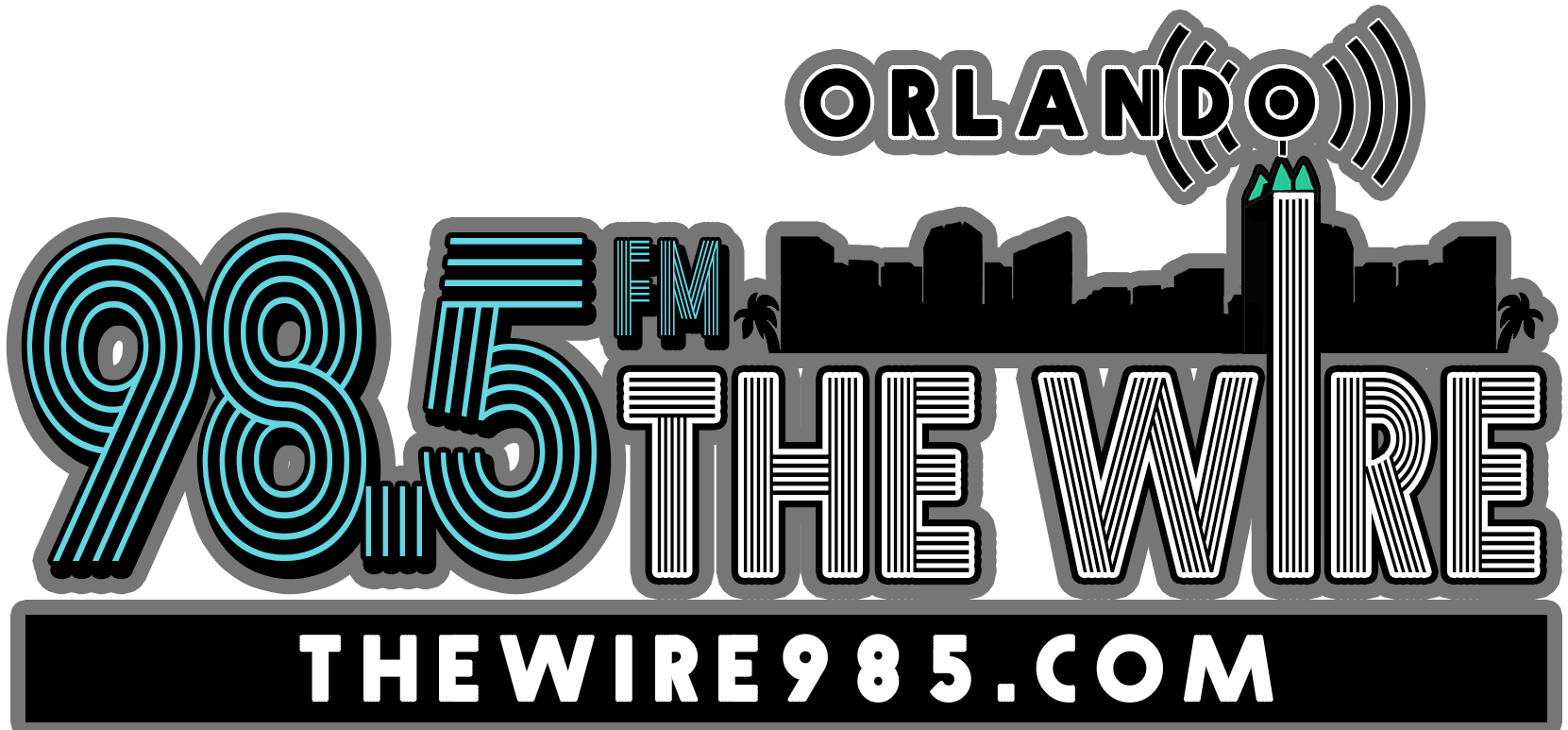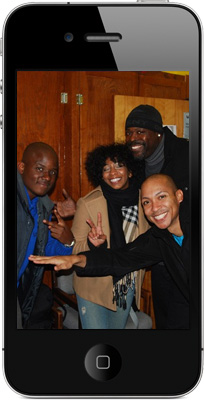
The year 2017 saw the highest ever homicide rate per capita for Baltimore.
This past year, 343 people were killed, bringing the rate up to 56 killings per 100,000 people in a city of 615,000 inhabitants. Baltimore has been shrinking over the years, but the crime rate seems to be doing the opposite, leaving the city desperate to find a way to address the violence.
“Not only is it disheartening, it’s painful,” Mayor Catherine Pugh told The Associated Press as her first year in office, 2017, drew to a close.
People are blaming the police
While there are several socioeconomic factors that could contribute to the rise in crime, some think that the police response to the death of Freddie Gray is to blame.
In particular, some believe that police have backed off from aggressively fighting crime because of the fallout and protests after Gray’s death.
“The conventional wisdom, or widely agreed upon speculation, suggests that the great increase in murders is happening partly because the police have withdrawn from aggressively addressing crime in the city’s many poor, crime-ridden neighborhoods,” said Donald Norris, professor emeritus of public policy at the University of Maryland Baltimore County.
There is some truth to that theory, since homicides surged after Gray’s death in 2015 and have only continued to rise.
Yet police say that they are working hard to fight the violence. What’s more, they claim that most of the violence is coming form the same group of perpetrators, with gang violence as the main source of the problem.
“The vast majority of our kids and residents of this city aren’t into criminal activity like this. It’s that same revolving group of bad guys that are wreaking havoc for people’s families,” said T.J. Smith, the chief police spokesman.
Smith lost his own younger brother in 2017 to the rising homicide rate as well.
‘Hurt people, hurt people’
But for as easy as it might be to blame the police and the flashpoint in the community that was Freddie Gray’s death, many believe that the answer is more socioeconomic.
Ericka Alston-Buck, who founded the Kids Safe Zone community center in the rough Sandtown-Winchester neighborhood, pointed out that there are underlying issues of inequality and poverty that must be addressed first, before anything else.
“Hurt people hurt people. No one’s doing anything to close those holes in their souls,” she said. “As long as no one does that, nothing is going to change.”











More Stories
The HIV Crisis in African American Communities – Dallas Weekly
The Truth About Black America’s HIV Crisis – Word In Black
“Black Americans Are Not Surprised”: Christina Greer on Trump’s Attacks on Students, DEI & History – Democracy Now!